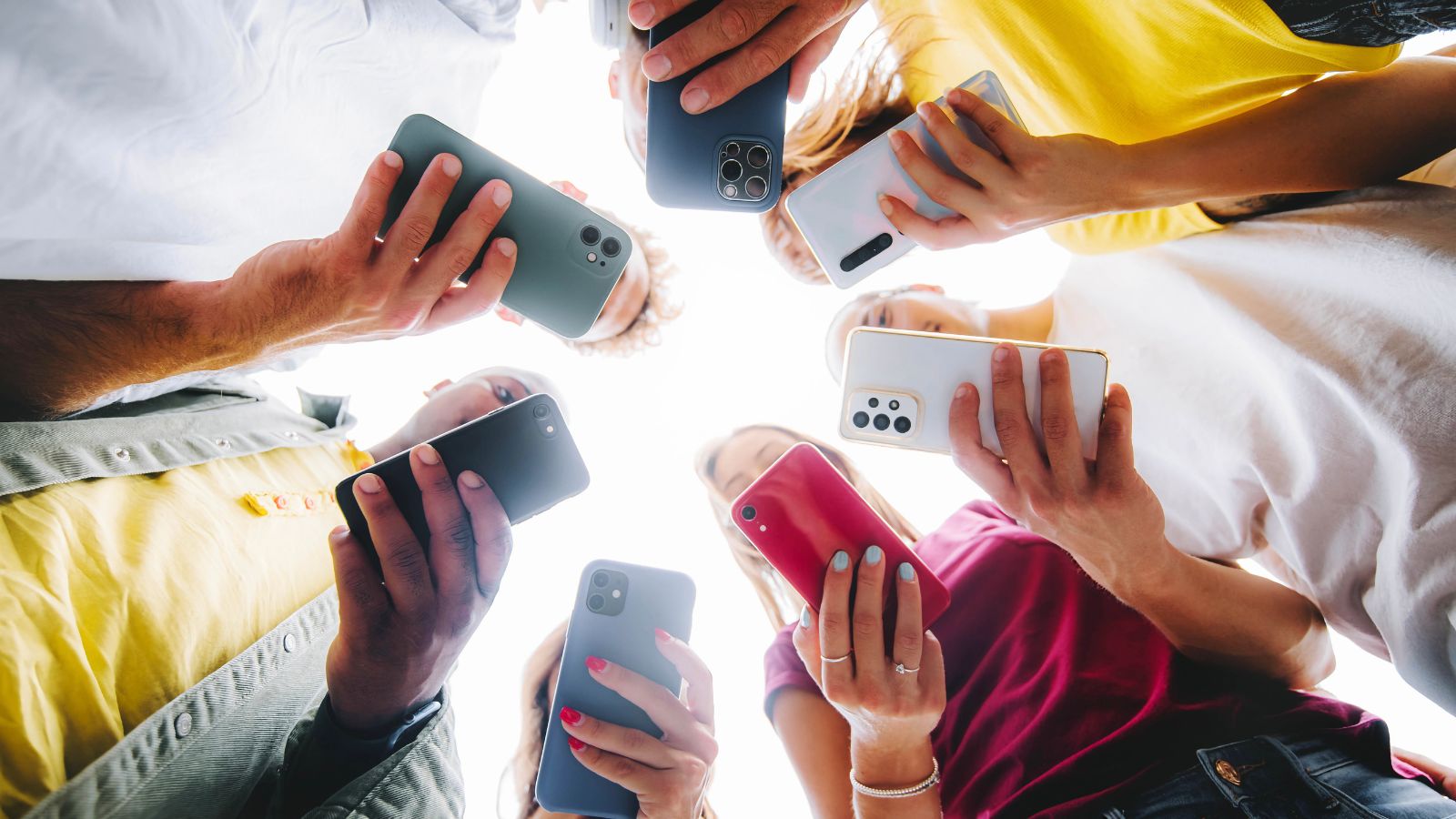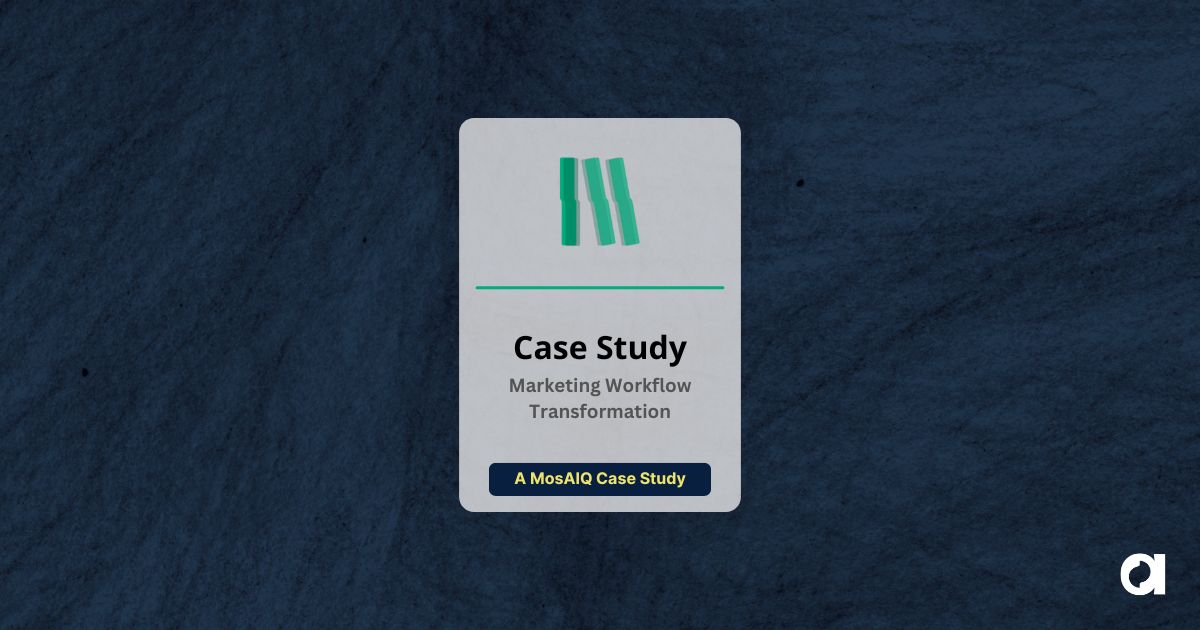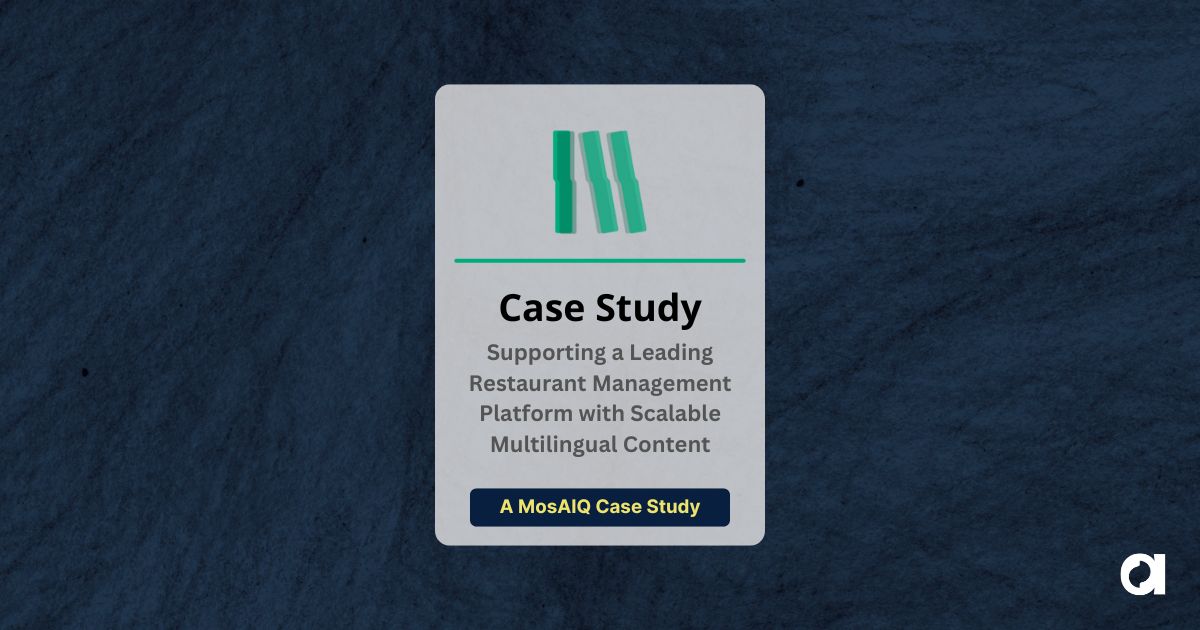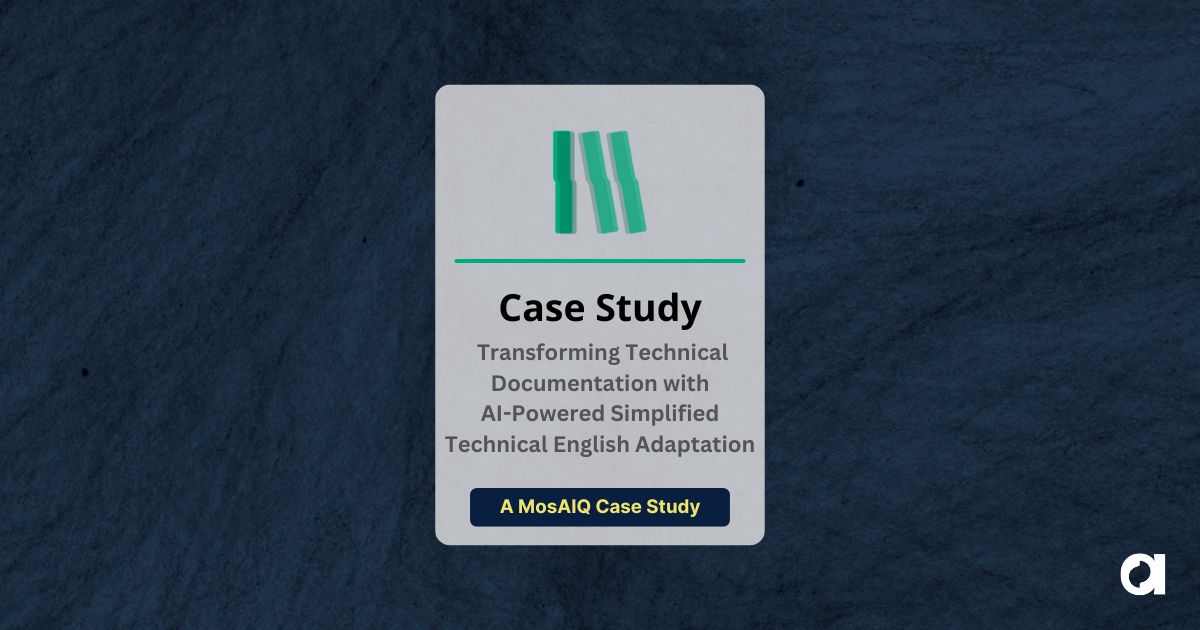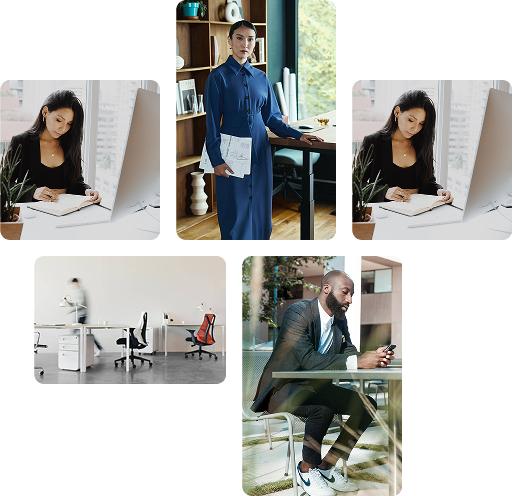International medical conferences bring together experts from around the world, but language differences can sometimes hinder effective communication. Imagine attending a high-stakes international medical conference where the latest breakthroughs and critical research are shared, but due to language barriers, some attendees miss out on vital information. While many attendees speak English, discussing complex medical topics in a non-native language can lead to misunderstandings or lost nuances.
Language services at these events not only facilitate seamless interaction among diverse participants but also enhance the overall quality and impact of these events. By ensuring accurate communication, these services help in the precise dissemination of medical knowledge and innovations. They ensure that all participants can fully engage with the presented material, regardless of their native language. This is particularly important when discussing cutting-edge research or intricate medical procedures.
Today, let’s explore how language solutions, such as subtitling, speech-to-text, and localization, are transforming healthcare, research symposiums, and medical conferences. We will also touch upon the growing importance of accessibility and compliance with regulatory standards in the EU and US, emphasizing how these technologies contribute to making medical conferences more inclusive and effective.
From Jargon to Clarity: Navigating Medical Terminology and Other Hurdles
There are a lot of logistics, mechanics, and other issues to consider during medical conferences, so it’s important to understand the specific challenges and requirements regarding communication. Here are some key factors to keep in mind.
- Specialized Terminology: Medical conferences often involve highly technical language and complex concepts. Translators and interpreters must have a deep understanding of medical terminology across multiple languages to facilitate accurate communication.
- Real-Time Pressure: Unlike document translation, conference interpretation often happens in real-time. Interpreters must quickly process and convey information, maintaining the speaker’s pace and intent while ensuring accuracy.
- Cultural Sensitivity: Medical practices and terminology can vary significantly across cultures. Effective language solutions must navigate these differences, ensuring that information is not just linguistically accurate but also culturally appropriate.
- Multimodal Communication: Scientific gatherings often involve various forms of communication, from oral presentations to visual aids and interactive demonstrations. Language services must be versatile enough to handle these different modes effectively.
- Confidentiality and Ethics: Healthcare summits may involve discussions of sensitive patient information or unpublished research. Language service providers and their linguists must adhere to strict confidentiality and ethical standards.
- Technological Integration: Modern healthcare industry conferences often incorporate advanced technologies. Language service providers need to seamlessly integrate their solutions with these technologies, from digital presentation platforms to teleconferencing systems.
By addressing these aspects, language services not only facilitate communication but also uphold the rigorous standards expected in the medical field.
The Translator’s Toolbox: Approaches to Conference Comms
Here are some of the technologies and tools that language service providers use to facilitate communication and engagement.
Subtitling
Subtitling is essential for making conference presentations accessible to a broader audience. By providing real-time text translations of spoken content, subtitling allows participants to follow along and understand the material regardless of their language proficiency. This is especially important for international conferences where the audience is diverse. With subtitling, important information is not lost and all attendees can fully engage with the content being presented.
Speech-to-Text and Text-to-Speech
AI-driven technologies like speech-to-text and text-to-speech enhance accessibility and real-time communication at conferences. Speech-to-text technology converts spoken words into written text instantly, aiding participants who are deaf, hard of hearing, or not fluent in the spoken language. Text-to-speech technology, on the other hand, converts written text into spoken words, benefiting visually impaired attendees and those who prefer auditory information.
Interpretation Services
Interpretation services are crucial for real-time communication during conferences, accommodating the linguistic diversity of the participants. Simultaneous interpretation involves the interpreter translating the spoken language in real-time as the speaker talks, which is vital for large conferences and dynamic discussions. Consecutive interpretation, where the interpreter speaks after the original speaker has finished a segment, is suitable for smaller meetings and detailed discussions.
Localization
Localization involves adapting conference materials to fit the cultural and linguistic contexts of different audiences, which improves comprehension and engagement. This process includes adjusting idioms, examples, and references to make the material culturally relevant and easy to understand. Localization is critical as it aligns content so it resonates with audiences, considering cultural nuances and local preferences.
Everyone’s Invited: Ensuring Accessibility and Compliance
For medical conferences to be effective and inclusive, overcoming language barriers and ensuring accessibility are essential for inclusivity and meeting legal standards. Both EU regulations and US laws require specific measures to accommodate individuals with disabilities. These measures include providing sign language interpreters, real-time captioning, and accessible digital content, ensuring that all participants can fully engage and benefit from the conference proceedings.
Regulatory Requirements
In the EU, the European Accessibility Act (EAA) mandates that by June 2025, all new products and services must be accessible. This directive covers various digital services and public sector websites, requiring features such as alternative communication methods, adjustable text sizes, and navigable interfaces to accommodate people with disabilities. The EAA aims to harmonize accessibility standards across member states, ensuring that all public-facing services are inclusive.
In the US, the Americans with Disabilities Act (ADA) requires that public events, including conferences, provide necessary accommodations for people with disabilities. This includes providing sign language interpreters, captioning, and other accessible formats. These regulations warrant that individuals with disabilities have equal access to information and can fully participate in public events.
Inclusive Conferences
Localization and interpretation services are essential for making conferences accessible to all participants, including those with disabilities. Adapting content to various cultural and linguistic contexts makes the material relevant and understandable for a diverse audience. At the most basic level, just translating documents, presentation slides, and other conference materials helps attendees fully comprehend the content, regardless of their native language.
Interpretation services, including sign language interpretation and real-time captioning, are crucial for participants with hearing impairments. These services enable real-time communication and ensure that all attendees can participate actively in discussions and presentations. Additionally, speech-to-text and text-to-speech technologies enhance accessibility for participants with visual impairments or those who prefer auditory learning.
Getting It Right: Strategic Benefits
Beyond facilitating communication, language solutions offer unique advantages for medical conferences. These services can significantly reduce the time and resources needed for post-conference follow-ups and clarifications, as attendees leave with a better understanding of the material. This improved efficiency can lead to faster implementation of new medical practices and research collaborations.
These services can enhance the conference’s marketability and sponsorship potential. Multilingual capabilities attract a broader range of participants and sponsors, potentially increasing revenue and expanding the event’s influence. The ability to offer content in multiple languages also extends the lifespan of conference materials, allowing for wider distribution and longer-term impact in the global medical community.
Furthermore, by ensuring accurate communication across languages, language services help maintain the integrity of scientific discussions and reduce the risk of errors in medical protocols or research interpretations. This precision is crucial for maintaining the credibility of the conference and its participants, ultimately contributing to advancements in global healthcare standards and practices.
Choosing the Right Solution
When organizing a medical conference, selecting the appropriate language services partner is crucial for ensuring effective communication and participant engagement. Here are important factors to consider:
- Conference Size and Format: The scale of your event significantly influences the type of solutions needed. Large international conferences may require simultaneous interpretation in multiple languages, while smaller, specialized meetings might benefit from consecutive interpretation.
- Audience Composition: Analyze your attendees’ linguistic and cultural backgrounds. If you have a diverse international audience, you’ll need more comprehensive language services. For conferences with a more homogeneous audience, targeted solutions for specific languages may suffice.
- Technical Requirements: Consider the technical setup of your venue. Some solutions, like simultaneous interpretation, require specialized equipment such as soundproof booths and headsets.
- Content Complexity: Medical conferences often involve highly specialized terminology. Confirm that your language service provider has expertise in medical translation and interpretation to accurately convey complex scientific information.
- Budget Constraints: While high-quality language services are an investment, they must align with your budget. Prioritize essential services and explore cost-effective options like AI-assisted translation for less critical content.
- Accessibility Needs: Factor in the requirements of attendees with disabilities. This might include sign language interpretation, real-time captioning, or audio description services.
By carefully considering these factors, you can tailor a language solution package that meets the specific needs of your medical conference, ensuring clear communication and better outcomes.
A Prescription for Progress
Translation and interpretation services are vital components of successful international medical conferences. They overcome language barriers, deliver precise communication of critical information, and promote global collaboration in the medical field. Embracing innovative technologies and comprehensive language solutions allows conference organizers to create inclusive, engaging, and impactful events that advance medical knowledge worldwide.
As regulations evolve, investment in accessibility services is not just advantageous but increasingly necessary. These services elevate conference quality, broaden global participation, and guarantee accurate transmission of crucial medical insights across linguistic and cultural divides.
In an era of global health challenges requiring coordinated international efforts, effective communication makes all the difference. By prioritizing robust translation and interpretation solutions, medical conferences can nurture a more connected and collaborative global medical community.
Ready to Enhance Your Next Medical Conference?
Don’t let language barriers hinder your event’s success. At Argos Multilingual, we specialize in providing top-tier language services tailored to the life sciences and medical device fields.
Contact us today to learn how we can support your next conference.
 Argos Multilingual
7 min. read
Argos Multilingual
7 min. read
Patient information leaflets (PILs) are found in medication packages and provide information about the medication and its use. Adapting these materials to a patient’s language and culture ensures they understand healthcare instructions better, leading to improved adherence to treatment plans, fewer dosing and prescription errors, and enhanced patient safety. Pharmaceutical companies can significantly improve the […]
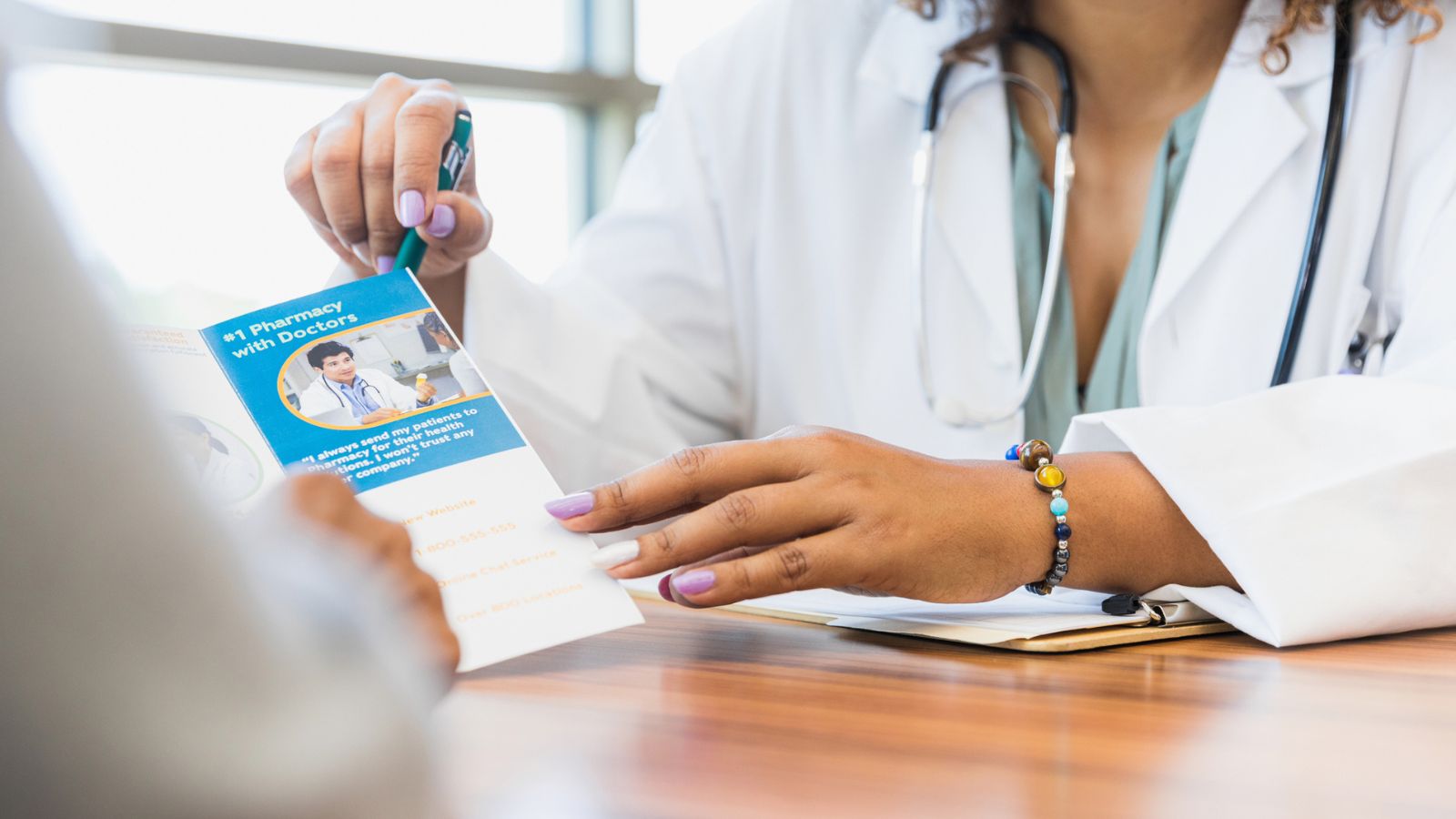
 Argos Multilingual
7 min. read
Argos Multilingual
7 min. read
In today’s digital landscape, mobile devices are the primary means of accessing the internet for millions of people worldwide. As smartphone adoption continues to surge, particularly in Africa, Southeast Asia, and South America, businesses must prioritize mobile-first localization strategies to effectively reach audiences. Adapting to a mobile-first market means looking at customers from a different […]
